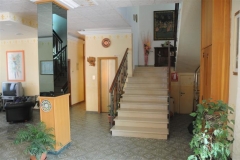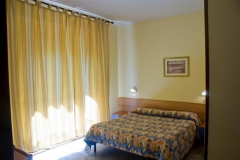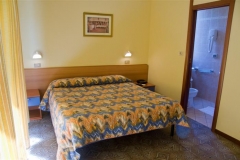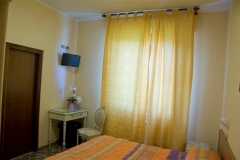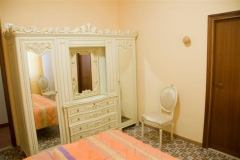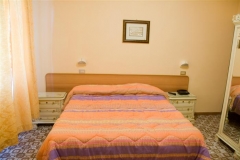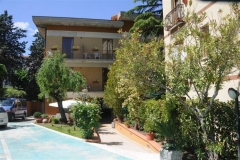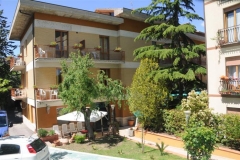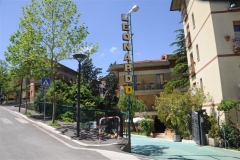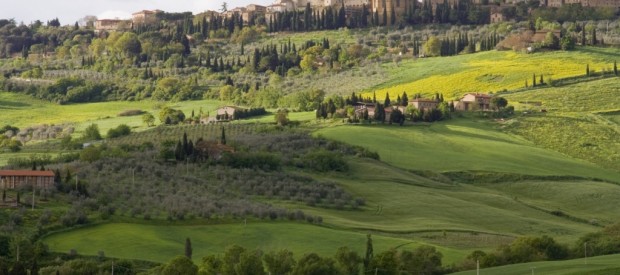
Pienza
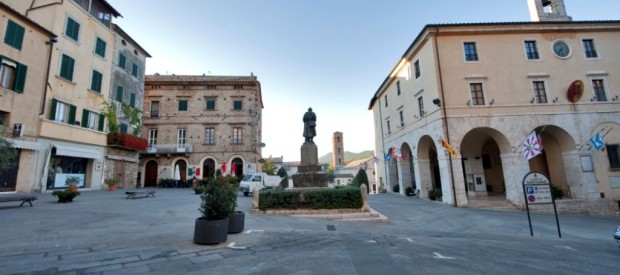
Sarteano
The keep square and its imposing castle (X century), speaks clearly of the medieval origins of Sarteano, a town that grew up along a ridge rising above the Valdichiana. Sarteano also boasts civil and religious buildings of great interest; in particular, we recommend a visit to the church of San Martino in Foro The Collegiate Church, dedicated to Saints Lorenzo and Apollinare, also works fine. Among the civil buildings the Town Hall, Palazzo Piccolomini, Palazzo Goti–Fanelli and Palazzo Cennini a small jewel is the Theatre of Arrischianti. Certainly worth a visit the Archaeological Museum, which houses important Etruscan and Roman. Every year in August hosts the “Giostra del Saracino“, a challenge on horseback of medieval origin. A few kilometers from the center, through forests and unspoiled foltissimi, they reach the fortified Abbey of Spineto and the mediaeval village of Castiglioncello Trinoro.
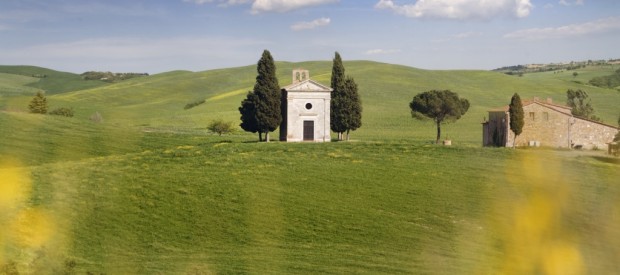
Val d’Orcia
The Val d’Orcia is a wide and green valley located in Tuscany, in the province of Siena and partly within that of Grosseto, north and east of Mount Amiatae near the border with Umbria. Crossed by the river Orcia at the center, which gives it its name, it is characterized by pleasant landscapes and panoramas from several medieval villages, two of which are well known as Pienza and Montalcino. Characteristic cypress tree, food and wines Pici, the Cinta Senese, Pecorino di Pienza, the Brunello di Montalcino and the new name of the wine DOC Orcia.
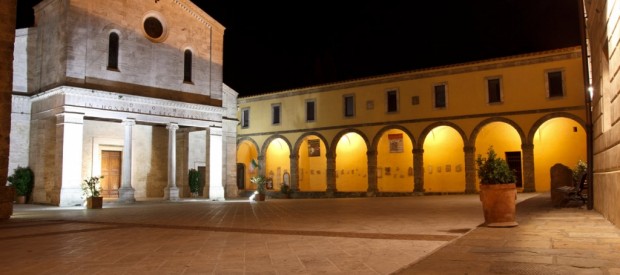
Chiusi
The first archaeological evidence consistent date the first settlement in the Iron Age, with rich grave from the eighth century BC
The famous Etruscan town of Clevsi, which later became the Latin Clusium (Klysion, Κλύσιον in ancient greek), had a fundamental importance, because it placed on the artery that connected Rome to Etruria northern, following the Tiber River and its main tributary, the Clanis, being extremely fertile valley of the valley.
The first written records of closed date back to the Hellenistic period, when, in a document of Polybius, shows the name of the city closed in relation to invasion of the Celts. Then come the stories of people like Arunte and the famous lucumone manhole Porsenna.
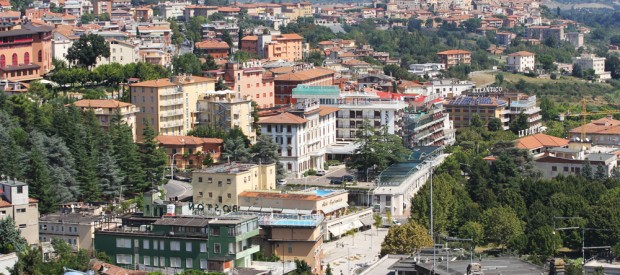
Chianciano
Surely one of the spas most famous in Italy; however increasingly to the waters, it is probably linked to the presence of a significant human settlement that would constitute a major center Etruscan-Roman. Important example of this is the finding of a monumental complex spa being excavated in central location “Mezzomiglio”. Many other finds of Etruscan and Roman times, some of whom recently discovered are visible in the Archaeological Museum “Delle Acque”.
The city tourist-thermal arose adjacent to the old medieval Chianciano that embodies the small treasures of Romanesque and Renaissance: Some of these treasures – such as paintings of the Sienese school and Fiorentina, the followers of Duccio di Buoninsegna and Arnolfo di Cambio – you can admire in the Museum of Sacred Art in Palazzo dell’Arcipretura. Chianciano is at about 550 meters s.l.m. surrounded by large forests of oak, beech, oak and chestnut between Chiana and Val d’Orcia.
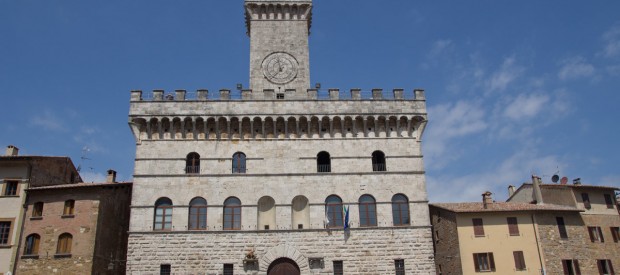
Montepulciano
Montepulciano is also a center of lively cultural activity: among the best known events are the “Cantiere Internazionale d’Arte” and the popular representation of “Bruscello”. Agricultural economy, more important, there now a strong tourist who sees one of the most important components in the Terme di Montepulciano, in S. Albino, which are used for healing properties of water and mud.

 Italiano
Italiano





